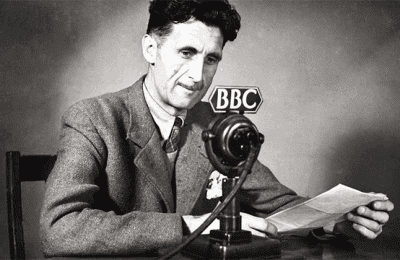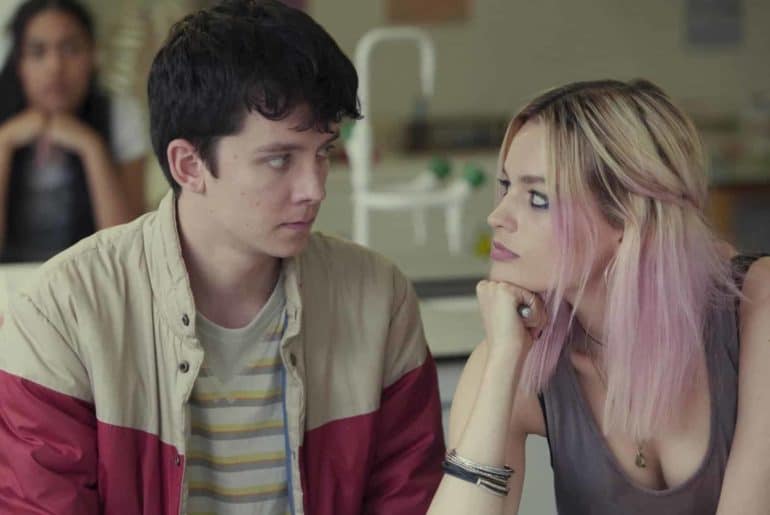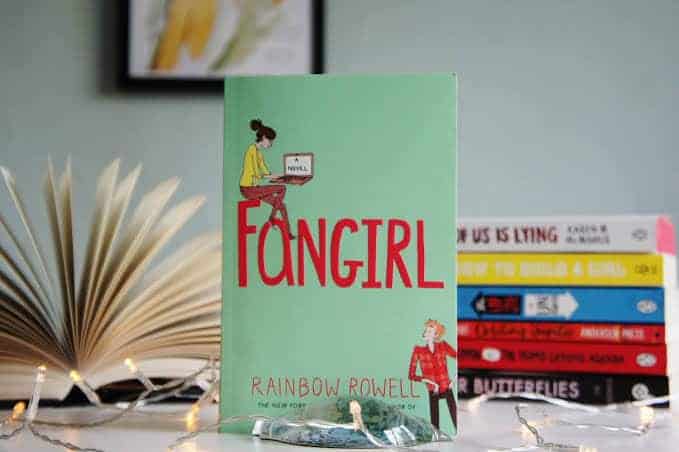An ultra-rich backdrop, razor sharp dialogue, and stellar acting is what makes Succession the gold standard for television right now.
Jesse Armstrong’s multiple-Emmy winning series has a deceptively simple premise – the patriarch of media conglomerate Waystar RoyCo is ageing and must choose an heir to his business empire. Thus, the stage is set for an endless game of musical chairs between his children for the throne – power-hungry Kendall, derisive Roman, politically-savvy Shiv and estranged oldest son Connor. Power-struggles, corporate backstabbing and constant plotting ensues between the siblings and a host of well-fleshed out and complicated side characters who form the heart of the show throughout its four-season run.
Succession’s portrayal of the wealthy and influential is both captivating and horrifying. ‘Multi-faceted’ is one way to describe the narcissistic and money-obsessed characters who reek of upper-class privilege and can manipulate the course of the nation as per their whims and fancies. Yet, despite the absolutely vile character arcs, it is impossible not to root for them in their achingly-tender moments of humanity. This is a testament to the masterclass in acting done by the ensemble of actors who deliver the show’s signature sharp and biting dialogue to perfection. There is something revolting yet fascinating in the obscene, and hilariously vulgar lines.
Besides the personal narratives of each character, the show also provides insightful commentary on wider social issues such as influence of media and technology on society, politics, culture, and identity. It calls out the power-mongering and under the table lifestyle of the luxurious. Familial influences and power structures dictate the living of the top 1%. This adds a fresh layer of analysis to the already complex individual storylines, making the show a wonderful mix of satire and insight on capitalism and American corporatism.
Exceptional locations, cinematography, background scores and production value – the hits keep coming. The glorious theme song (this plays in my head 24/7 on repeat) and opening credits hook you in for a wildly funny, tragic and jaw-dropping ride. The music perfectly captures the mood of the show – sinister, dark and greedy but whimsical when need be. Another standout is the work of the costumes department. The lack of ostentatious displays of wealthy but quiet luxury at its finest where a single cap costs millions of dollars is an absolute stroke of genius. The symbols of wealth like the fleet of black SUVs, the helicopters, the elaborate real estate and the constant entourage just add to the sensory delight of the show.
Succession is a much watch for fans of pitch-black comedy and suspense. It is a gift that keeps giving and the fascinating character-driven plot keeps you hooked despite your utter disgust for the characters. After all, the ultimate question remains – who shall be the successor and nab the top job?
Come for the family and corporate intrigue, stay for the absolute finest filmmaking seen in recent times. Be right back, going to make Nicholas Britell’s Succession theme song my new ringtone.
Feature Image Source: Pinterest
Read Also: Film Criticism: Of Subjectivity and Stars
Bhavya Nayak










